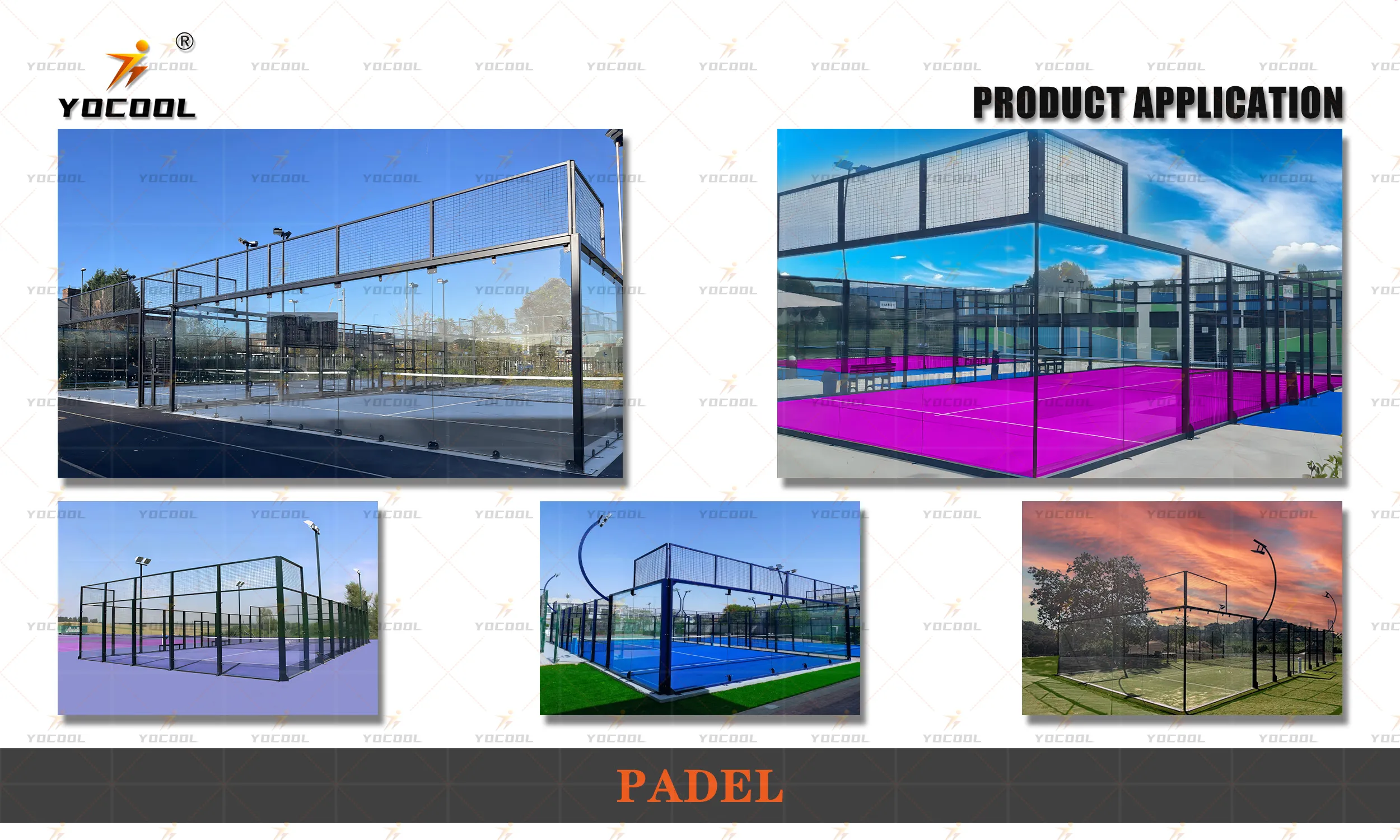

Introduction to Paddle Tennis Paddles Manufacturing
Paddle tennis, a racquet sport that combines elements of tennis and racquetball, has been gaining popularity across the globe. With its unique gameplay and engaging dynamics, more players are looking for high-quality equipment that can enhance their performance and improve their game. This has led to an increased demand for paddle tennis paddles, making paddle tennis paddle factories integral to the sport's growing landscape. In this article, we explore the intricacies of paddle tennis paddle manufacturing, focusing on the processes, materials, and innovations involved.
Understanding Paddle Tennis Paddles
Before delving into the manufacturing process, it’s essential to understand what paddle tennis paddles are made of and how they differ from traditional tennis rackets. Paddle tennis paddles are typically solid and do not have strings, which makes them more durable and easier to handle. The paddles are designed to provide better control, power, and spin, catering to the unique demands of paddle tennis. They can vary in size, weight, and material, which directly affects a player’s performance on the court.
Materials Used in Paddle Tennis Paddles
The choice of materials is crucial when it comes to the manufacturing of paddle tennis paddles. The most common materials include
1. Composite Materials Many high-end paddles are made from composite materials, which often blend fiberglass and carbon fiber. This combination offers a lightweight feel while enhancing durability and performance.
2. Wood While less common at the professional level, wooden paddles are a classic choice for recreational players. They are generally heavier but can provide a good feel for the ball.
3. Polymer Core The core of the paddle can dramatically influence its performance. Polymer cores, often made from materials like polypropylene, are popular for their lightweight and responsive nature.
4. EVA Foam The handle of the paddle is frequently made from EVA (Ethylene Vinyl Acetate) foam, providing a comfortable grip that absorbs shock and reduces vibrations during play.
The Manufacturing Process

The manufacturing of paddle tennis paddles involves several steps, from design to final quality checks
1. Design Engineers and designers collaborate to create paddle designs that optimize performance. This can involve computer-aided design (CAD) software to simulate how different shapes and materials will behave.
2. Material Selection After the design is finalized, the appropriate materials are selected. Manufacturers often test various materials to find the right balance between weight, durability, and performance.
3. Production The production process begins with cutting the chosen materials into the necessary shapes. For composite paddles, layers of fiberglass or carbon fiber are typically laid down and bonded together using resin. For wooden paddles, boards are shaped and then finished.
4. Molding The paddle's core is often placed into a mold where the outer layers are applied, and heat is used to cure the materials.
5. Finishing After molding, the paddles undergo a finishing process which includes sanding, painting, and applying graphics. This step not only enhances aesthetics but also affects aerodynamics and performance.
6. Quality Control Finally, the paddles are put through rigorous quality control checks to ensure they meet specified performance standards. Testing includes checking weight, balance, grip, and overall construction.
Innovations and Trends
As technology advances, paddle tennis paddle factories are incorporating innovative techniques into their manufacturing processes. Some modern trends include the use of 3D printing to create prototypes and custom paddles, environmentally friendly materials to reduce the carbon footprint, and enhanced grip technologies for better user experience.
Conclusion
The paddle tennis industry continues to evolve, and with it, the importance of paddle tennis paddle factories cannot be overstated. As these facilities adopt new technologies and materials, they play a crucial role in shaping the future of the sport. For any player passionate about paddle tennis, understanding the manufacturing of their paddles can enhance their appreciation of the game and the equipment they use.
Premium PVC & Rubber Sports Flooring Shock Absorption, Slip Resistance
Durable Rubber Floor Mats Slip-Resistant & Easy Clean Design
Premium Rubber Floor Mats Slip-Resistant, Durable & Easy-Clean
Rubber Bricks & Flooring Durable, Slip-Resistant Eco-Friendly Solutions
Homogeneous Transparent Rubber Flooring - Durable & Slip-Resistant
Durable PVC & Rubber Sports Flooring Slip-Resistant & High-Performance